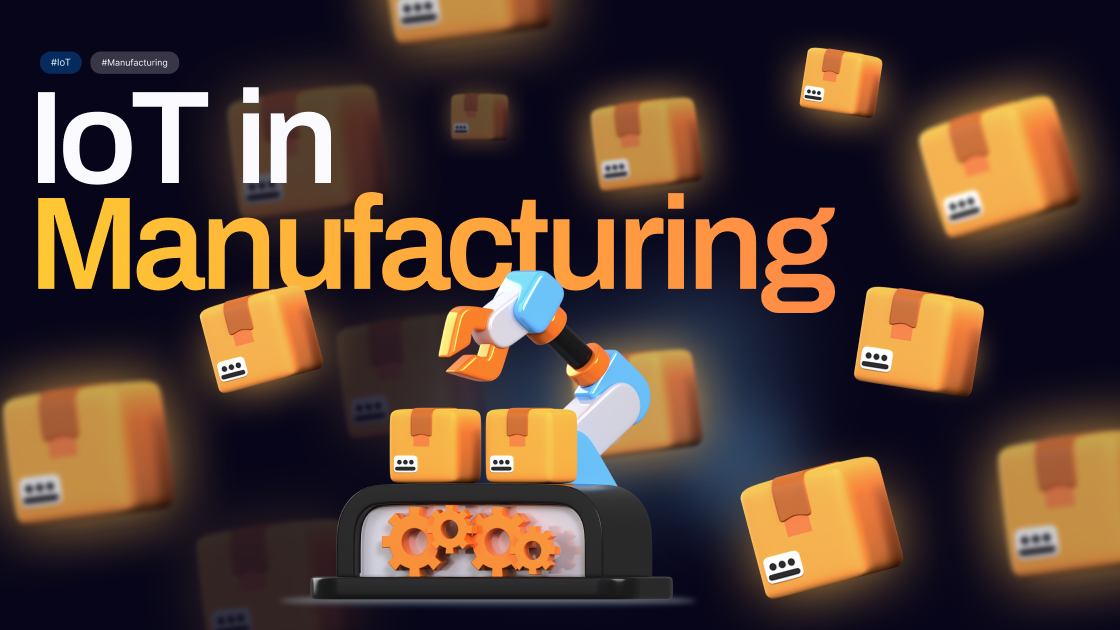
The Industrial Revolution may not have had a greater influence on manufacturing than the Internet of Things (IoT). With the help of this most recent technological revolution, manufacturers and industrial businesses may improve supply chain efficiency and productivity, which will make working for them safer and customer satisfaction higher. By 2025, McKinsey projects that the industrial Internet of things (IIoT) will be worth $500 billion, mostly due to improvements and rising demand in the manufacturing sector. What beneficial effects is IoT having on production, then?
What Is the Industrial Internet of Things?
The industrial Internet of Things refers to the application of IoT sensors, devices and connected solutions that contribute to the digital transformation of the industrial sector broadly. IoT uses networks of sensors that collect critical data and analyze it – both at the edge and in the cloud, to turn that data into actionable insights. These learnings can drive operational efficiencies, lower costs, improve safety, and create other beneficial opportunities for businesses in all industries, especially manufacturing. While the industrial sector includes a number of vertical industries like chip fabrication, construction, mining, and other related businesses, we’ll focus on manufacturing subsectors like product line assembly and finished goods manufacturing in this article.
How Is IoT Transforming Manufacturing?
The use of IoT devices, gadgets, and networked solutions that support the digital transformation of the industrial sector as a whole is known as the “industrial Internet of things.” IoT leverages sensor networks to gather vital data and analyze it at the edge and in the cloud, transforming it into insights that can be put to use. Businesses in all industries, but particularly manufacturing, may benefit from these lessons by increasing operating efficiency, cutting expenses, enhancing safety, and opening up other favorable options. While there are many vertical industries within the industrial sector, such as chip fabrication, construction, mining, and other related enterprises, in this article we will concentrate on manufacturing subsectors, such as product line assembly and completed goods manufacture.
Benefits of IoT in Manufacturing
Industrial organizations may reap enormous benefits from using linked solutions, as demonstrated by other industries. Here are some of the advancements in the manufacturing and associated industries, along with areas that provide substantial future potential.
3 Examples of IoT in Manufacturing
There are so many great examples of how IoT is being used in manufacturing businesses today. Here are just a few of the exciting advances in manufacturing by companies leveraging IoT.
The Future of IoT in Manufacturing
There are a lot of fascinating developments in manufacturing coming forward, and some of these initial adjustments are already being made. These are a few of the changes that most excites us.
For many manufacturers, the employment of industrial robots in factories is nothing new. Because they are very affordable, available around-the-clock, and able to do demanding yet repetitive tasks that can enhance overall worker safety in the plant, their use and efficiency will only grow. Specifically, simple chores may be handled by robots to free up people for more valuable and sophisticated positions inside the facility. Improved connection will allow robots at various stages of assembly to interact and react to events, such as line shutdowns, to reduce downtime and alleviate jams.
One of Internet of Things’ biggest benefits is the useful information it produces. The capacity to evaluate such vast volumes of data enables firms to enhance productivity, safety, efficiency, and reduce costs and downtime. As manufacturers discover how to integrate this rich data into their business operations, they will continue to change.
When businesses understand how to leverage IIoT data, it may be a treasure trove of information. Advanced algorithms and analytics that mine data using machine learning provide businesses deep insights and data-driven strategies. This shifts the way that businesses operate and positions them for growth on a scale that has never been seen before.
Tags :
#IoT #InternetOfThings #IoTManufacturing #IoTBenefits #Industry4.0 #BigData #IndustrialIoT #IIoT #MachineLearning #ArtificialIntelligence #Robotics #IndustrialRevolution #DigitalTransaformation